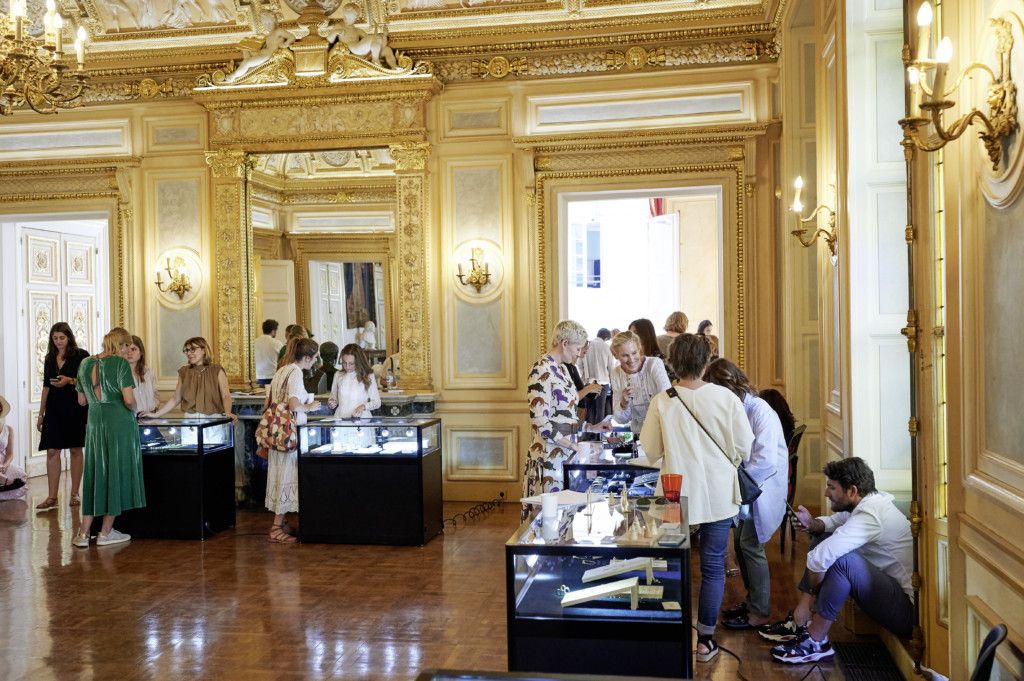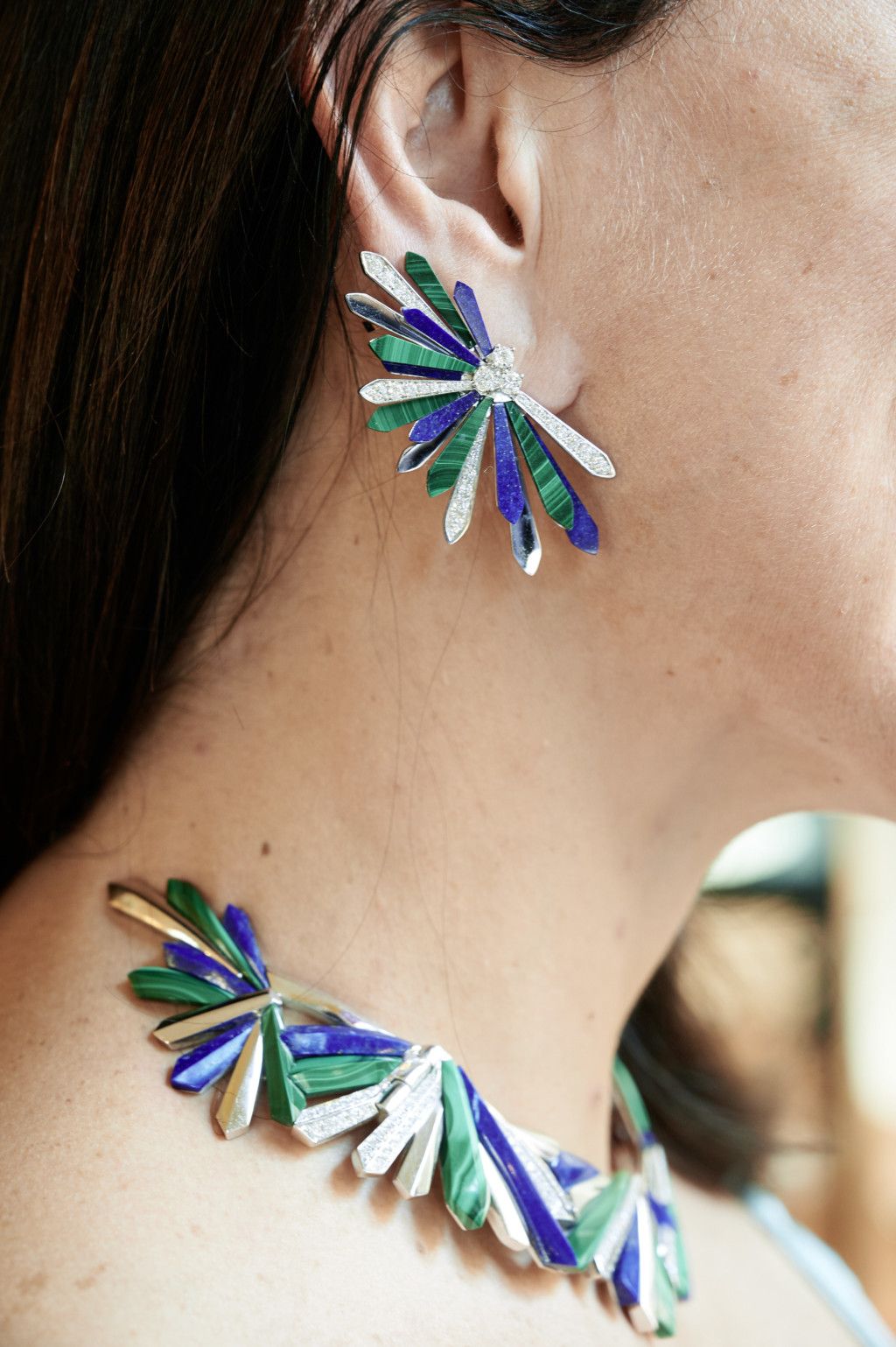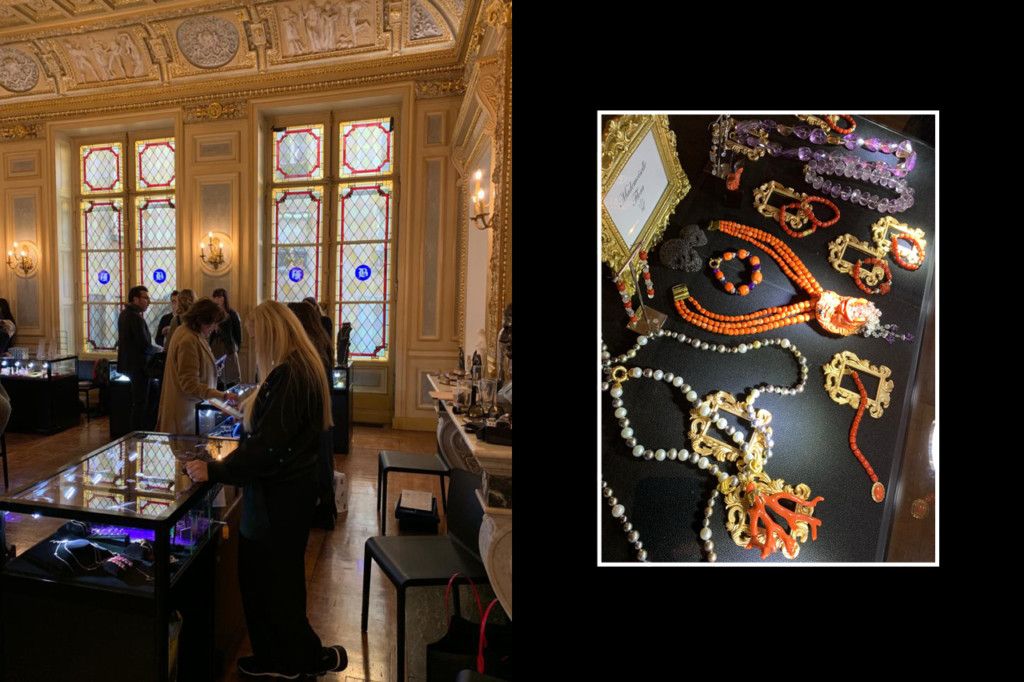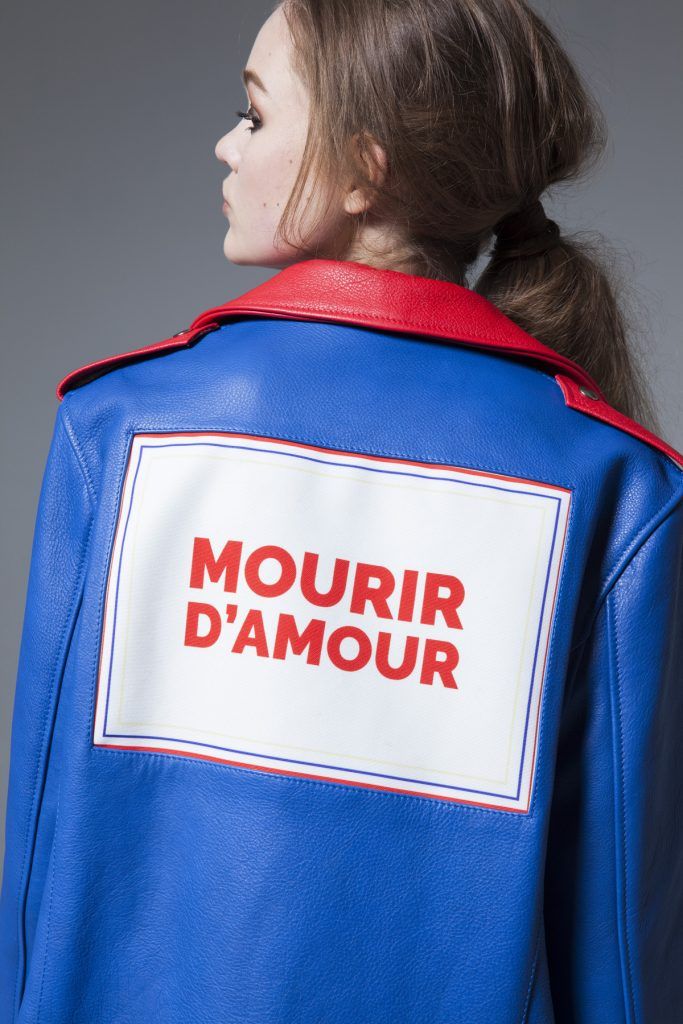
A Fashion consultant specialising in Global Business development in the Parisian agency she founded 10 years ago, this elegant woman, with her rich experience in the retail sector, counsels those who want to give their fashion project an international dimension.

You cut your teeth in the trade fair sector, which has lost its lustre over the past years. To survive in fashion, whether as a designer or a consultant, is it necessary to be able to reinvent oneself?
This was a necessity before the crisis, and is even more so today. To endure, you have to be able to analyse the market and continuously adapt. Now more than ever, brands must pay attention to the end-user. That is the person who will be surfing on the social networks; and guiding the buyers’ choices. Even before the Covid crisis, trade fairs were facing a massive evolution. The brand offering was struggling to renew itself. As a result, buyers were turning towards private showrooms, which had a more niche and targeted offer. The brands themselves have had to reinvent themselves by turning towards the local level, but also by investing in their digital strategies. A year ago, at the start of the crisis, I went against the trends by creating, in partnership with an existing physical structure a virtual showroom: Precious Rooms. This was a way for the brands that I support to retain an international showcase, despite the confinement and travel restrictions.
Your love of fashion was the jumping off point for your career. How did this manifest itself?
I was passionate about clothing from my childhood. I left the south of France to study in Paris. I then collaborated with Houses like Jean-Paul Gaultier and Jean-Charles de Castelbajac, before working for the big Paris trade fairs. Today, at 50 years old, what appeals to me is design. I am very proud that I was able to launch young brands by inviting them to the Paris fairs. Until 2011, this was possible. Today, fortunately, we are again seeing good initiatives aimed at helping young designers to network, in their own markets as well as internationally.

Do you still love fashion, despite the enormous upheavals in the sector?
More than ever. While I respect the luxury houses, I prefer to discover and expose new talents. Amongst my clients, you will find both established brands and young designers. Today, the end-user is seeking personalised products. But what is more personal and identity-defining than a piece from a young designer? Since the Covid crisis, people want to know who is hiding behind the brand. The concept of ethics is more important than ever. This trend is also visible on the side of the buyers. Some of them fall under the charms of a brand for its concept, for the values it upholds, but also, undeniably, for the image it conveys on Instagram. That is something brands must be conscious of…
You follow both established brands and emerging designers. In both cases, are we not witnessing a standardisation of the fashion discourse, due to the desire of these labels to sell all over the world?
It is certainly a dilemma. To have a chance at the international level, brands must adapt their collections for the markets they are aiming at. But even more critical is the ability to tell a story that holds up. Today, a brand that does not offer a perfectly identifiable product has no reason to exist. This isn’t necessarily about offering big collections. It’s about creating a strong concept founded on values that are equally strong. If, in addition, the brand has a digital sales platform, it will not only be able to build a community of customers, but also attract international boutiques. Today, no American buyer will risk betting on a brand without verifying that it already has a strong presence in its own country, and that the values and messages it conveys are likely to touch people’s hearts.

Let’s talk about brands that want to turn towards the international scene. What is the main obstacle they must overcome?
The digital tsunami enables them to get a foothold in the international stage, but it has also drowned us in masses of data and images. The challenge today is to find good partners who are prepared to support them internationally, while continuing to interact with their own community, to analyse the competitive environment of each market, and to ensure that the price positioning of the brand is correct. Let’s not fool ourselves: doing all of this at the same time is very difficult for an emerging label.
Until a year ago, your missions took you on voyages to the four corners of the globe. How do you perceive them today?
After 15 years of near-continuous travel, I will admit that the sudden halt was a shock. So, once again, I reinvented myself. I organised Instagram Live events to enable designers to learn from the experiences of experts in the purchasing and retail sectors. Within my Live Streaming Shopping sessions, I also introduced jewellery brands by going directly into the shops. This was a new way of communicating for me, but it enabled me to support my clients and to maintain that human dimension that is so important to me.
You have coached young Belgian designers. What is your perspective of design in Wallonia and Brussels?
Belgium’s strength is the very individual identity of your brands. This is an identity imprinted in the codes of your schools. I have often been amazed by the concepts that emerge in Belgium. At the risk of shocking, Belgian designers take risks. The wow effect is often present and the messages are particularly impactful. I am thinking in particular of Snobe. Through the Mourir D’Amour concept, the brand has reinvented itself by getting closer to its consumer. I am also very proud to have helped bring the Imprévu label to Bon Marché in Paris as part of the ‘Once Upon a Time in Belgium’ exhibition.
